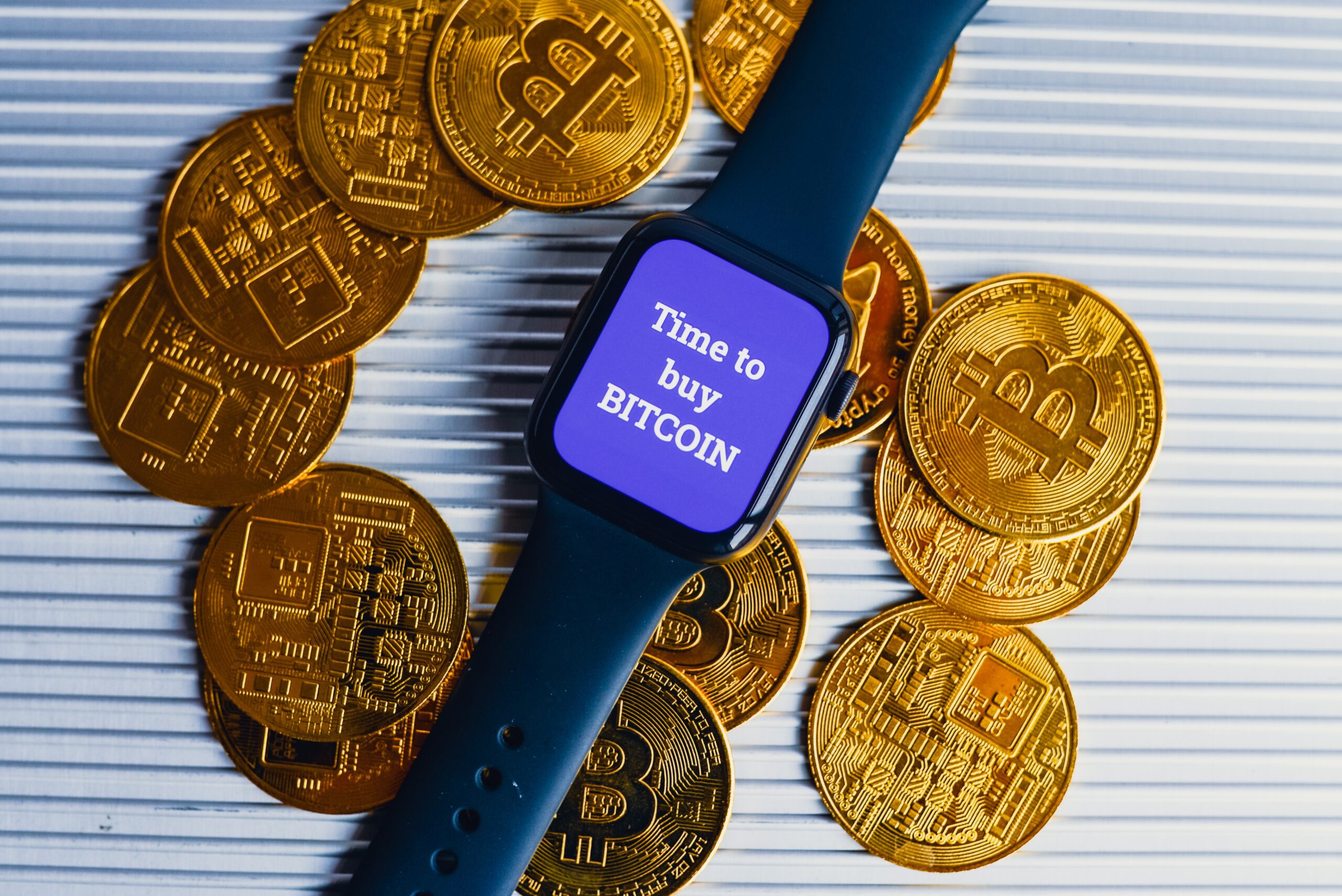Success in crypto trading isn’t just about following price charts, it’s about understanding what’s happening under the surface. While technical analysis and market trends play a crucial role, integrating wallet tracking with market data can offer deeper insights that set traders apart. By combining these two strategies, traders can better predict price movements, spot trends early, and make informed decisions with confidence.
Why Wallet Tracking Alone Isn’t Enough
Wallet tracking gives valuable insights into how cryptocurrencies are moving across the blockchain. It helps traders follow the money, whether it’s whales accumulating, early investors cashing out, or exchanges shifting assets. However, wallet data alone doesn’t always tell the full story. A whale moving millions of dollars’ worth of crypto could be preparing to sell, or they could be simply transferring assets between wallets for security reasons. Without additional market context, it’s easy to misinterpret these movements.
This is where market data comes in. Prices, trading volume, liquidity, and order book depth all help paint a clearer picture. When wallet tracking and market data are used together, traders can distinguish between false alarms and real opportunities.
How Market Data Complements Wallet Tracking
1. Confirming Whale Movements with Price Action
Whale wallets moving large amounts of tokens can create excitement or fear in the market, but context is everything. A whale transferring tokens to an exchange doesn’t always mean a massive sell-off is coming. It could be a test transaction or internal restructuring. By checking real-time price action, order books, and trading volume, traders can confirm whether these movements actually impact the market.
For example, if a whale deposits a significant amount of ETH into an exchange, but the price remains stable with low trading volume, it might mean they haven’t sold yet. On the other hand, if the price drops immediately after the deposit, it’s a strong indication that selling pressure has begun.
2. Identifying Accumulation and Distribution Phases
Wallet tracking helps traders see if certain groups of investors are accumulating or distributing tokens. However, market data helps confirm whether this behavior is translating into price trends.
Accumulation happens when investors are buying up tokens, often at lower prices, without causing a significant spike. This usually precedes a price breakout. By combining wallet data showing increased buying activity with rising open interest and trading volume, traders can identify when a bullish trend is forming.
Distribution, on the other hand, occurs when large holders start selling off assets. If wallet tracking shows whales sending funds to exchanges and market data reveals decreasing price momentum with high selling volume, it’s a warning sign that a downtrend may be coming.
3. Spotting Market Manipulation
Crypto markets are known for their volatility, and manipulation isn’t uncommon. By combining wallet tracking with market data, traders can recognize suspicious activity and avoid being caught in pump-and-dump schemes.
For instance, if multiple newly created wallets start accumulating a lesser-known token in large amounts, it could be the start of an artificial price pump. But if market data shows low organic trading volume and liquidity, this suggests the move isn’t backed by real demand. This kind of insight can help traders avoid being lured into a hype-driven trap.
4. Understanding Exchange Inflows and Outflows
Watching funds flow into and out of exchanges provides useful hints about market sentiment. When large amounts of Bitcoin or Ethereum are withdrawn from exchanges, it usually means investors are holding onto their assets, reducing selling pressure. This is often a bullish sign. On the other hand, a sudden influx of funds into exchanges suggests increased liquidity and potential selling pressure.
But exchange movements alone don’t tell the whole story. Pairing this data with market trends, such as funding rates and liquidation levels, helps traders predict how the market will react. For example, if a large amount of Bitcoin is moved to exchanges and the derivatives market shows increasing short positions, it may indicate a short-term bearish move is on the horizon.
5. Predicting Market Trends with Behavioral Analysis
Behavioral patterns from wallet tracking, when analyzed alongside market data, help traders understand the psychology of market participants. Certain wallets belong to well-known investors or funds, and their activity often signals where the market is headed.
For example, if experienced traders are increasing their exposure to a certain token while retail traders are panic-selling, it could suggest a strong buying opportunity. Similarly, if large investors begin selling while the public is still bullish, it might be a sign to exit a position before a downturn.
Real-World Examples of Wallet Tracking and Market Data in Action
During Bitcoin’s major bull runs, wallet tracking provided early signals of institutional accumulation. In late 2020, analysts noticed that major wallets associated with institutions were withdrawing large amounts of BTC from exchanges, indicating long-term holding. This coincided with price increases, confirming the bullish trend.
In contrast, before major crashes, wallet tracking has revealed large sell-offs by whales. For example, in May 2021, significant amounts of Bitcoin were moved to exchanges just before a market downturn, signaling an impending correction. Traders who were monitoring this activity had the opportunity to take profits before the crash.
Final Thoughts: Smarter Trading with a 360-Degree View
In crypto, having access to raw data isn’t enough, it’s about knowing how to interpret it. Wallet tracking provides unparalleled transparency into where funds are moving, but it’s only when combined with market data that these insights become truly actionable. By analyzing both on-chain activity and market trends, traders can make smarter, more informed decisions while avoiding misleading signals.
As crypto trading evolves, those who use a data-driven approach will have a competitive edge. Whether you’re a day trader, long-term investor, or just a crypto enthusiast, integrating wallet tracking with market analysis can help you stay ahead of the game. The key is to remain adaptable, cross-check signals, and always consider the broader market landscape before making a move.
How do you use wallet tracking and market data in your trading strategy? Let us know your thoughts!








